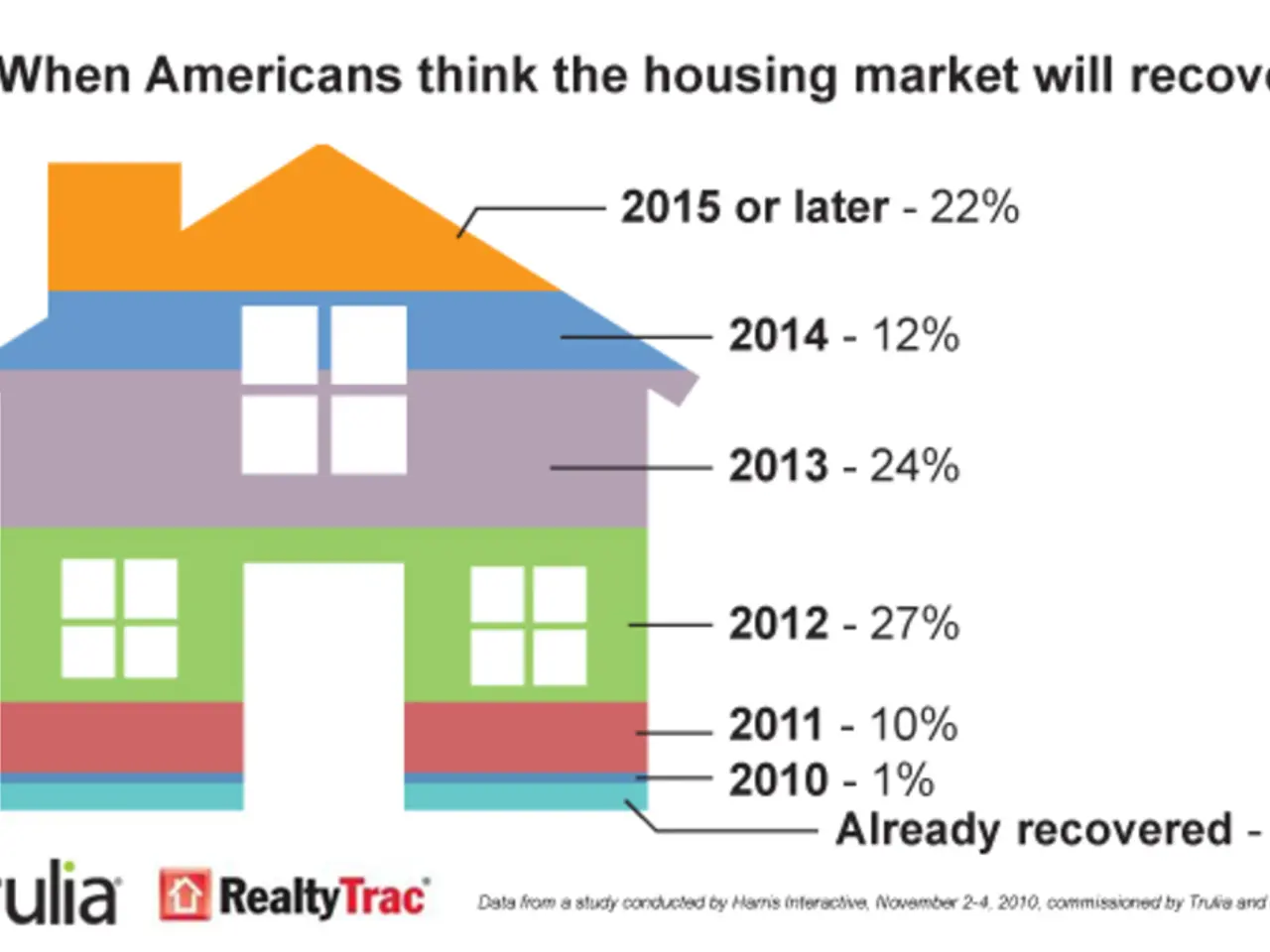In New York City, low-income communities and communities of color face disproportionate tax burdens, a problem commonly referred to as 'Highballing.'
In the heart of New York City, Kareem Hamilton, a resident of East Flatbush, Brooklyn, is struggling with the burdensome property taxes on his family's home, inherited from his mother. His annual property tax bill stands at $7,800, a figure that seems alarmingly high compared to a similar-sized home close to the water, just a few miles west, which pays approximately $4,000 a year in property taxes.
This disparity is not an isolated case. New York City's property tax system, rooted in laws passed nearly five decades ago, has been criticised for its inconsistencies and unfairness, particularly in how it affects communities of color. The system uses varying valuation methods depending on property types and neighbourhoods, often resulting in communities with fewer home sales and less development—frequently communities of colour—being taxed more heavily without caps on increases. Conversely, residents in rapidly gentrifying areas have caps that limit their tax increases.
The inequity stems partly from the design of the tax system itself and the fact that neighbourhoods where people of colour often live do not benefit from protections that reduce tax burdens amid economic changes like gentrification. This disparate impact reinforces existing economic disparities tied to systemic factors such as income gaps and historic disinvestment.
Iziah Thompson, a senior policy analyst with the Community Service Society of New York, has labelled New York City's property tax system as the most confusing and unfair in the country. Thompson co-authored a report titled "Footing the Bill" that found the way homes in New York City are assessed negatively impacts communities of color.
Efforts to address this issue include calls for reform at the city and state levels to make the tax system fairer. Finance Commissioner Preston Niblack states that the focus is on making taxes fairer in New York City. The city has made two improvements to the lien sale this year: creating a program for easier removal from the list and implementing new payment plan options.
However, the issue is not limited to New York City but is a national issue. Homeowners who do not pay their property taxes can be placed on the city's Tax Lien Sale list, which can lead to foreclosure. At least 76% of homes on the Tax Lien Sale list are located in minority neighbourhoods, highlighting the disproportionate impact on these communities.
Advocates like Thompson have emphasised the need to update and simplify the property tax code to eliminate these inconsistencies and reduce the disproportionate burden on communities of color. More broadly, initiatives like expanded homeownership programs by the State of New York Mortgage Agency aim to support minority and economically disadvantaged communities, though persistent racial disparities in homeownership remain and indicate a need for ongoing policy improvements informed by better data and reporting.
As the debate around property tax reform continues, it is clear that action is needed to ensure a fairer and more equitable system for all New York City residents.
- The controversy surrounding New York City's property tax system extends beyond the local politics, as it is also a matter of concern in the realm of war-and-conflicts and crime-and-justice, due to the disproportionate impact on communities of color.
- The debate on property tax reform encompasses policy-and-legislation discussions at both city and state levels, with the aim to create a fairer system, and also involves broader initiatives such as expanded homeownership programs focusing on minority and economically disadvantaged communities.
- Issues related to general-news topics like New York City's property tax system have profound effects, causing car-accidents to rise when homeowners cannot afford to pay their taxes and face foreclosure, leading to homelessness and community disruption.








